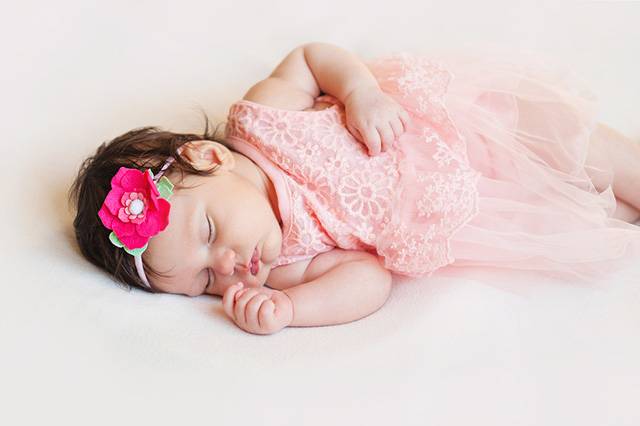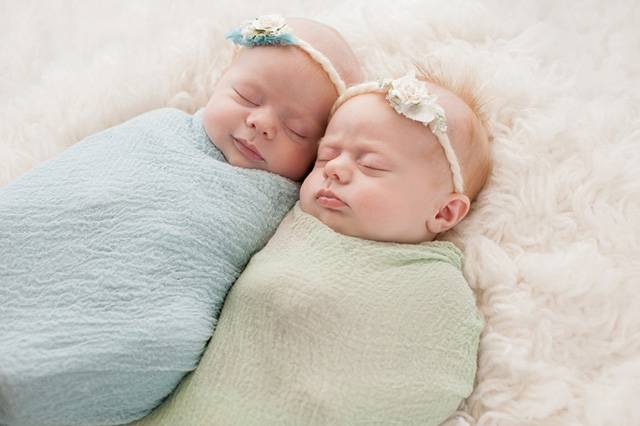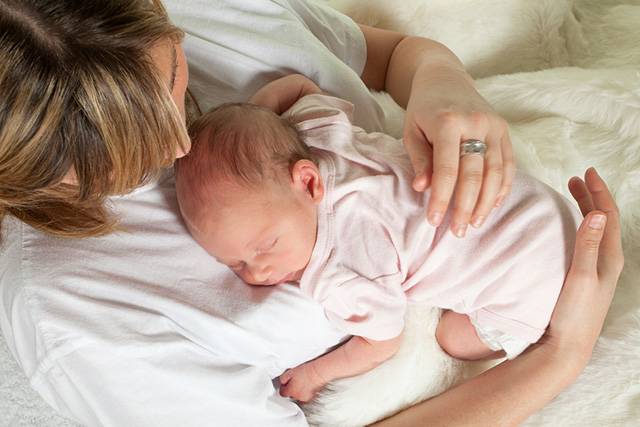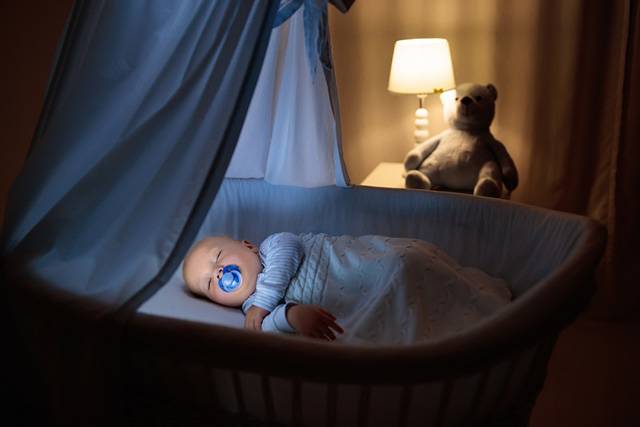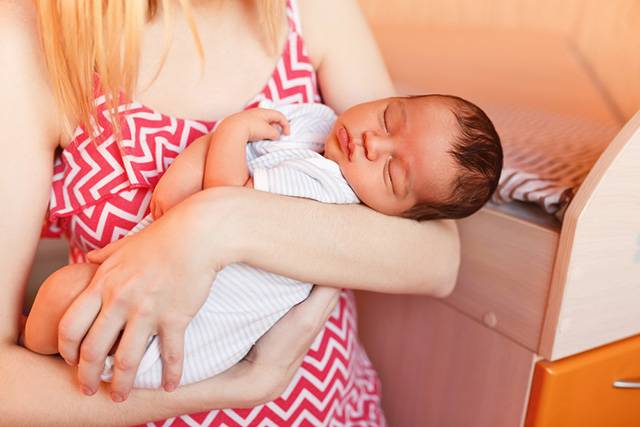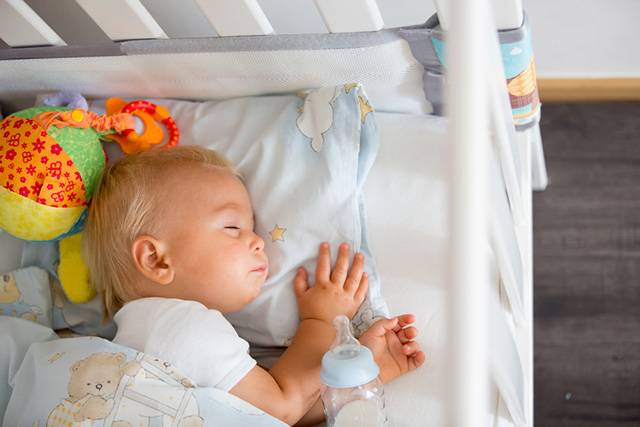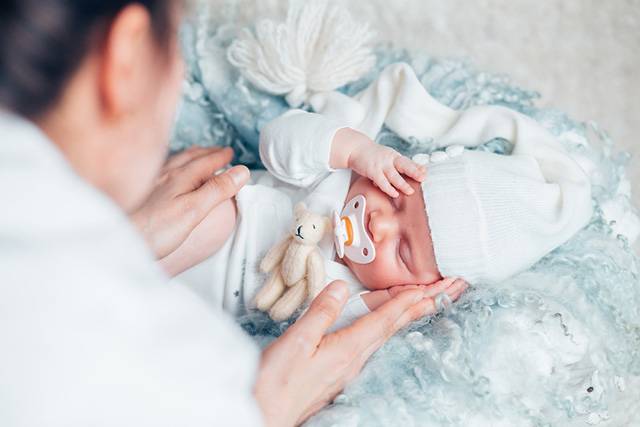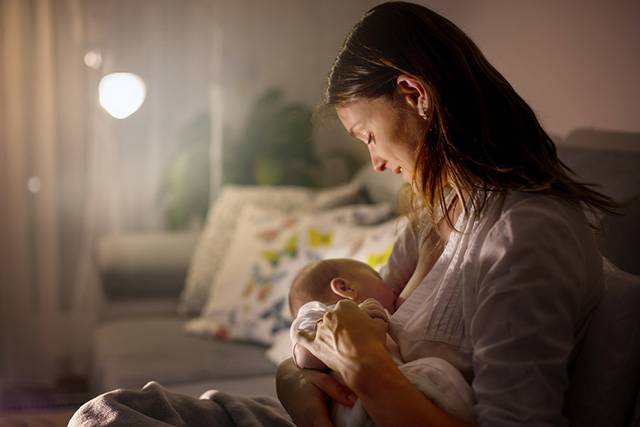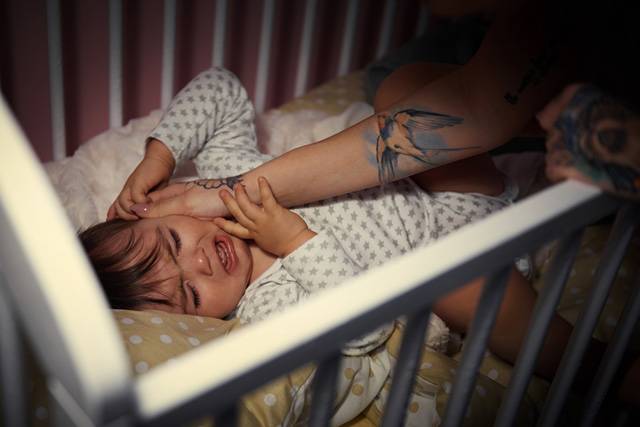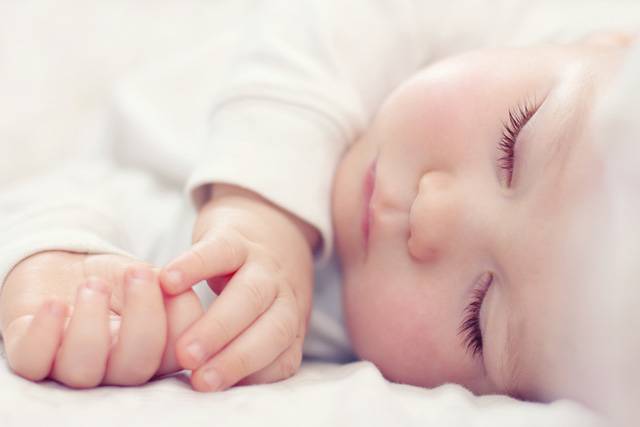How often have you heard the expression “sleeping like a baby”? Have you ever longed to take a two-hour nap, just like an infant? There is no doubt about the fact that babies have different sleeping schedules and cycles compared to adults, and while newborns have no problems sleeping 18 hours per day, it’s way too much for any adult to feel comfortable with.
But, what many people are surprised to hear is that a baby’s sleeping cycle starts looking much more like an adult sleeping cycle even before the child reaches one year of age. So, how do babies sleep and how does this impact their development?
Stages of Sleep
A sleeping cycle is a sum of oscillation between different sleep stages, more specifically between REM and slow-wave sleep. To get a better grasp of a baby’s sleep cycle, we must first understand what the phases of sleep are.
Much like adults, babies also have sleep stages that they shuffle between during their hours of rest. Sleep is divided into four different stages:
- Stage 1: This is one of the non-REM sleep stages, and it is the lightest sleep stage of all. It’s when you fall asleep lightly, but you’re somehow trapped between consciousness and unconsciousness. You’re drowsier that asleep, and your body starts to relax and transition from being awake to falling asleep. It’s not uncommon for people to experience muscle spasm in this stage.
- Stage 2: This is the first actual sleep stage, and the first non-REM one. You are less likely to awake suddenly compared to stage 1. Your brain waves begin to slow down, just like your heart rate. Your body temperature slowly decreases. Your brain will experience bursts of sleep spindles (rapid activity) mixed with K complexes (sleep structures). These two elements brought together are what prevent the brain from waking up with ease.
- Stage 3: This is the deep sleep phase. During this stage, your sleep is sweetest, and you are more difficult to wake up. It is the more restorative stage of sleep, but one that can also be accompanied by night terrors, sleep talking or sleepwalking.
- Stage 4: This is the REM sleep stage (which is short for “rapid eye movement”). This rapid eye movement occurs because the brain is more active compared to its intensity in stages 3 and 4. The REM stage is best identified as being the dream phase, where people can easily be awoken. However, when someone is woken up from their REM sleep, they will wake up feeling groggy and moody.
So, what does this information tell us about the baby’s sleeping cycle? Consider the following: during 10 PM and 6 AM, adults usually reach their deep sleep stage twice, and awake only once. Now, a baby oscillates between being awake and entering deep sleep multiple times during the same timeframe.
Also, it’s common for adults to transition between these sleep stages without waking up, but it’s not that easy for a baby. Newborns don’t stay in the deep sleep/REM stage for too long, which means they are more likely to wake up.
To explore a baby’s sleep cycle in further depth, we have to explain two concepts that you’ll often hear about when inquiring about baby sleeping patterns: active and quiet sleep:
- Active sleep is a stage that newborns experience for about 30 minutes, on average. The active sleep phase is basically the equivalent of the REM stage for children. You will notice them moving their arms a lot, and their muscles twitching. Babies in the active sleep stage can easily be woken up.
- Quiet sleep is the equivalent of the adult deep sleep stage. Your doorbell can ring and the baby won’t wake up in the process. If your baby falls asleep in your arms and you don’t want them to wake up when you put them down in their crib, it’s best if you wait for them to transition from the active to the quiet sleep stage. As this occurs, you will notice how the baby’s muscles become more relaxed, they won’t move that much, as their breathing rhythm also slows down.And now, let’s put all this information together so that we can understand what a baby sleep cycle consists of:
- The baby’s active sleep stage takes about 25 to 30 minutes for a child.
- The quiet sleep stage lasts for about 20 to 25 minutes, and it completes a baby’s sleep cycle.
- When this full cycle is completed, the baby will either take it from the start with a new one or wake up.
- If the baby transitions to a new cycle, they might need your assistance as a parent. A common mistake that new parents make is to think that rapid eye movement or fluttering eyelids are a sign that the baby is ready to wake up. What they’re actually doing is preparing to enter the sleep cycle once again.
- If you’re not sure that your baby should be woken up from their active sleep, consider the following: if you have another 40 minutes until the baby is due for another feeding session, then you can help them through the next sleep cycle.
What Disrupts a Baby’s Sleep Cycle?
During their growth spurts, babies will wake up during the night. While this may seem like an ordeal to parents who are used for their child to sleep soundly throughout the entire night, these sleep regressions, as they are called, are perfectly normal in a child’s development stage. So, what are some of the perfectly-normal reasons for which a baby wakes up during the night?
— Sleep Regression
Because of the use of the term “regression”, parents associate these phases with something negative. Truth be told, sleep regression are normal because they are a transition from baby to adult sleep cycles. Between four and 18 months of age, babies have certain sleep milestones where they transition between two different sleep cycles, and these periods are referred to as sleep regressions.
These times can be challenging for parents that aren’t sure why their baby wakes up crying in the middle of the night and may be a cause for disrupted sleeping patterns, causing changes in routines. The best advice that parents can be given under such circumstances is to make sure they stick with routines as much as possible.
At this point, parents have to work as a team and take turns attending to the baby’s needs in the middle of the night, as they try to stick to their normal daily schedule. Consistency is very important until the baby regulates their own sleeping patterns.
— Sleep Resistance
If you think that putting your baby back to sleep is complicated, wait and see what it’s like to have a toddler who refuses to go back to sleep. As children develop their own personalities and opinions, they are also more likely to resist sleep.
This could occur because they are learning and discovering new things every day and, just like an adult explorer who is excited about making new discoveries, children also want to spend more time fiddling with their surrounding environment. It’s perfectly normal for a child to be curious, but parents need to work their way around this resistance.
Even if it’s normal for children to be allowed to learn and explore, parents have to establish some sleeping rules and routines. Otherwise, the child will take advantage of the situation and avoid going to bed, which prevents them from getting enough rest and developing properly.
— Separation Anxiety
As babies grow and become aware of the people around them, they will start recognizing their parents with ease. When this occurs, separation anxiety is likely to kick in. This makes the baby sad or anxious to be away from their parents, and you might even notice them protesting when their parents are out of sight.
This is yet again a normal stage in a child’s growth, but one that has to be handled with a lot of patience. The fear of abandonment is perfectly normal and is characteristic to both children and adults alike (some parents even face separation anxiety and feel sad when having to leave their children with someone else for the day).
When separation anxiety is handled correctly, it gives the child a chance to develop independently. However, as a parent, you may be required to create diversions when you leave, and always make sure that the baby is left in the care of someone they recognize and feel comfortable with (and also someone you can fully trust).
— Nighttime Feedings
Before they are about six months of age, babies will never sleep throughout the entire night because they get hungry and demand to be fed. For new parents, this is a new experience, and can often prove to be exhausting. The good news is that it won’t last forever, but it is something necessary.
Most babies will require food about twice in one night, but if the baby wakes up more than three times per night requiring food, you may have to consult with a pediatrician. In some situations, babies fall back to sleep while they’re being nursed, which means they don’t get all the milk they need to reach saturation.
When this occurs, the doctor may suggest that you keep the baby awake until they’re fully fed, which will make them sleep for longer between feedings. This is called nighttime stimulation, and it’s typically a process that should be avoided because it makes it harder for the baby to fall back to sleep. That’s why talking to the pediatrician is important.
— Self-Soothing Inability
Another one of the reasons why babies might be having sleep problems is because they are incapable of self-soothing yet. You might have seen or experienced first-hand how fast a baby falls asleep while being held by the mother, but once the baby is put down in their crib, they immediately wake up and start crying. This of self-soothing as a learning process, but in the meantime, your child depends on you for just about everything.
How Much Should a Baby Sleep?
The question is perfectly normal, but keep in mind that each baby is different, so don’t always think of the following information as an unbreakable set of rules:
- Before they reach two months of age, babies typically sleep between 14 and 18 hours per day.
- Between two and four months, they get about 13 to 15 hours of sleep each day.
- Babies between the ages of six and eight months sleep on average 13 to 14 hours per day.
- From eight months to one year of age, children sleep about 12 to 14 hours per day.
- When they’re between one and two years old, children’s sleep times drop at about 11 to 14 hours per day.
Can Babies Oversleep?
We’d love to give you a straight-up no on this one. Unfortunately, there is a phenomenon called SIDS, which is short for “sudden infant death syndrome”. SIDS basically translates into sudden death of children under one year of age.
No parent wants to think about it, but the information is a valuable asset as a parent. Some of the risk factors of SIDS include smoking parents that expose their babies to second-hand smoke, brain defects that may cause the child to be unable to regulate their breathing pattern, or low birth weight, which can prevent regular heartbeats and proper breathing in infants.
The exact cause behind SIDS has yet to be discovered, but it’s important for parents to take all the measures in their power to avoid sleep-related deaths:
- Always place the baby on their backs inside the crib. Babies lying on their stomachs can end up having blocked airways and could suffocate.
- Don’t place anything inside the baby’s crib while they’re sleeping. Aside from the mattress and a fitted sheet, babies shouldn’t have other items such as stuffed toys or loose blankets. If you want to cover the baby, it’s best to use a wearable blanket.
- Sleep inside the room as your baby at least for the first six months. That way you can monitor them and be close to them in case of emergencies.
- Avoid leaving the baby to sleep in all the wrong places. It’s even best if you don’t share the same bed. If you don’t use a crib, you can consider a bedside bassinet or co-sleeping beds that are attached to your main bed. This way, you can keep your baby close without them being in danger of someone rolling over them while sleeping.
- Choose a firm sleeping surface. Avoid soft mattresses that allow the baby to sink into the bed, thus putting them in danger.
Read our related article on The Pros and Cons of Co-Sleeping
Conclusion
It’s important to understand that a baby’s sleeping schedule is very different from that of an adult, at least in the first few months. Babies will eventually regulate their sleeping patterns, but newborns don’t have regulated circadian rhythms as adults do.
When a baby’s sleeping cycle ends, a new one follows most of the time, so even if your baby is not in the deep sleep (or quiet sleep) phase, it doesn’t mean that they’re ready to wake up yet.
Knowing all of this is priceless to a first-time parent that is tempted to think that if the baby starts fussing or twitching, they’re ready to wake up. It also helps tell the difference between babies that are ready to wake up because they’re hungry and those who are just transitioning between two cycles.
